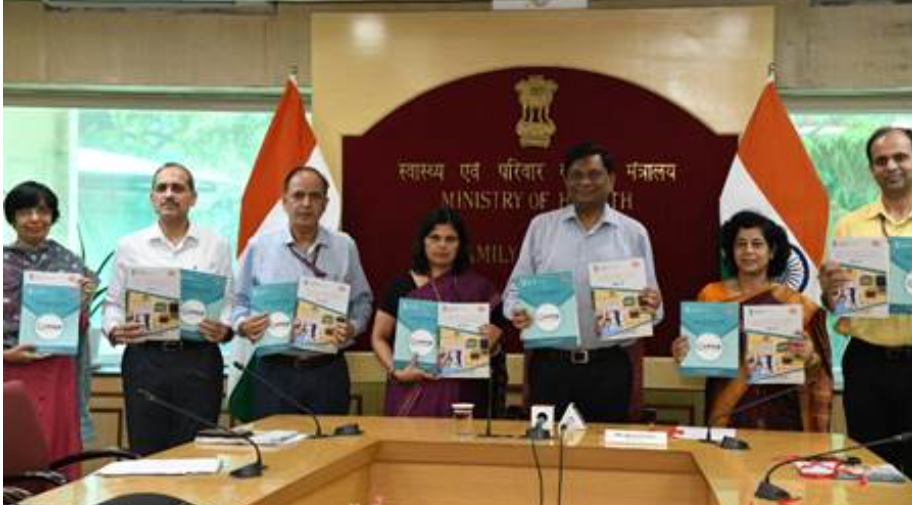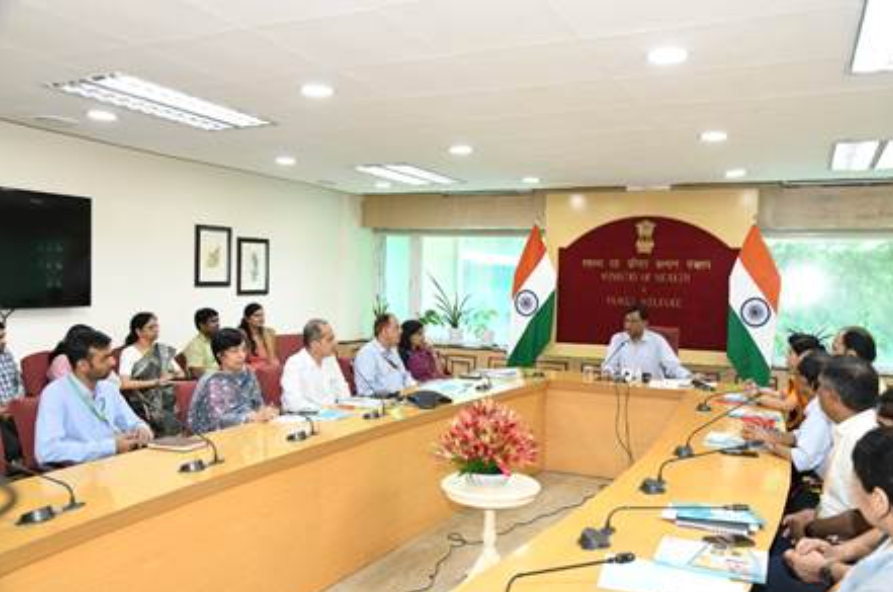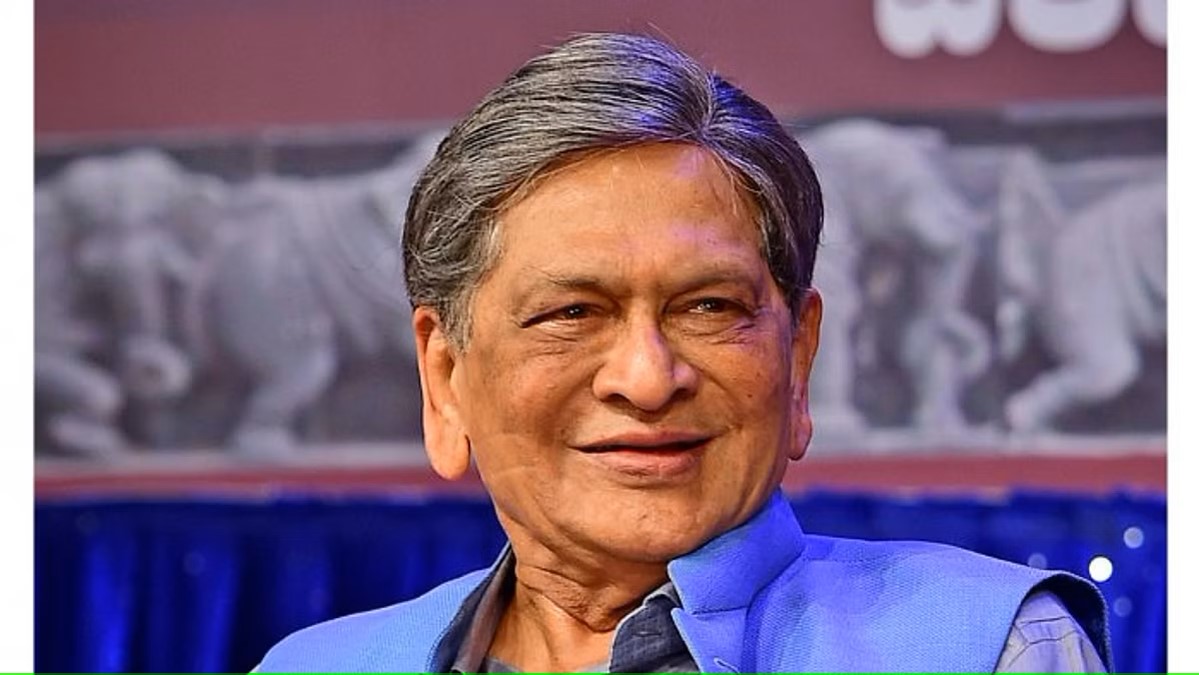Union Health Secretary Shri Apurva Chandra today released the “Health Dynamics of India (Infrastructure and Human Resources) 2022-23,” an annual publication formerly known as “Rural Health Statistics.” This document, which has been issued since 1992, provides critical insights into India’s health infrastructure and workforce.
In his address, Shri Apurva Chandra highlighted the publication’s role as a vital resource for understanding the National Health Mission (NHM) and its impact. He emphasized that the report offers essential data on manpower and infrastructure, supporting policy development, process improvement, and problem-solving. The report also allows for a cross-state comparison, revealing both strengths and gaps in health resources, which aids in tailoring state-specific policies and targeted health campaigns.

Chandra also stressed the importance of integrating the Health Management Information System (HMIS) Portal with other Ministry portals, including Reproductive and Child Health (RCH), to streamline data management and reduce the workload on health workers.
The “Health Dynamics of India (Infrastructure and Human Resources) 2022-23” report, updated annually as of March 31, provides a comprehensive overview of the country’s healthcare infrastructure. It is crucial for stakeholders involved in health sector planning, monitoring, and management. The publication is divided into two main parts:
Part 1: Offers a broad view of India’s healthcare system, featuring State and Union Territory profiles with visual aids like maps and charts.
Part 2: Contains nine sections with detailed data on health facilities, manpower, and demographic indicators.
The publication assists policymakers, health administrators, and planners in evaluating the distribution and adequacy of healthcare resources. It helps in creating targeted strategies to enhance health service delivery and optimize resource allocation.
Current Statistics
As of March 31, 2023, India’s healthcare infrastructure includes:
1,69,615 Sub-Centres (SCs)
31,882 Primary Health Centres (PHCs)
6,359 Community Health Centres (CHCs)
1,340 Sub-Divisional/District Hospitals (SDHs)
714 District Hospitals (DHs)
362 Medical Colleges (MCs)
These facilities are supported by:
2,39,911 Health Workers at SCs
40,583 Doctors/Medical Officers at PHCs
26,280 Specialists & Medical Officers at CHCs
45,027 Doctors and Specialists at SDHs and DHs
47,932 Staff Nurses at PHCs
51,059 Nursing Staff at CHCs
1,35,793 Paramedical Staff at SDHs and DHs
Key Features of the Report
Comparative Analysis: Highlights changes in health infrastructure and manpower from 2005 to 2023 and between 2022 and 2023.
District-Wise Data: Provides detailed information on health facilities at the district level.
Rural, Urban, and Tribal Focus: Offers insights into health infrastructure and manpower across different regions.
State/UT Classification: Categorizes states and Union Territories based on healthcare performance metrics.
User-Friendly Highlights: Summarizes key findings for quick reference.
Guidance for Stakeholders: Serves as a key tool for identifying gaps and planning improvements in health infrastructure.
The full report is available on the Ministry of Health & Family Welfare website here. Smt. Aradhana Patnaik, Additional Secretary and Mission Director (NHM), and senior officials from the Union Health Ministry were present at the launch event.




